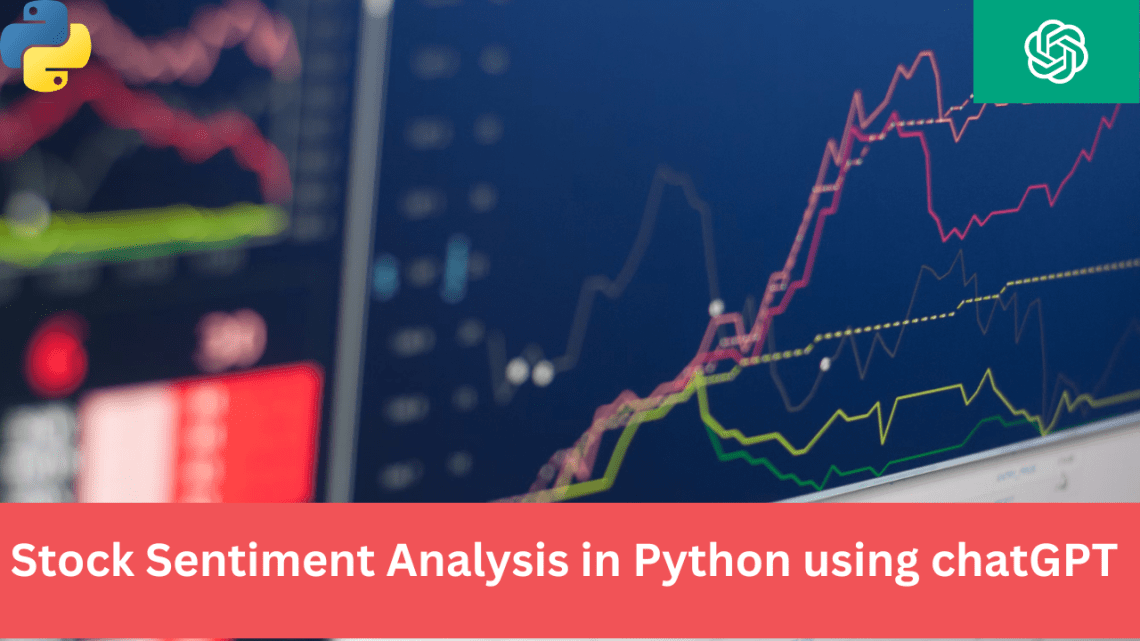This post is part of the GenAI series. Alright, so the first text-based GenAI app that I am going to build is actually an AI-based recipe generator in PHP Laravel using OpenAI APIs. The app will ask about the ingredients and cuisine type and will generate a recipe for you. If you are in a hurry, you can watch the demo of the app below: To build this app, you will need to install Laravel and generate OpenAI API keys. Development Setup To make this app work you need three things: OpenAI API key generation Laravel installation OpenAI Integration OpenAI API Key generation Go to the API Keys section of…
-
-
Introduction to prompt engineering
This post is part of the GenAI Series The only way we can interact with an LLM model is by passing an instruction to retrieve a response. That instruction is called a prompt. In this post, we are going to discuss what a prompt is and what prompt engineering entails What is a Prompt A prompt is simply the instruction or question you give to an AI or language model to get a response. Think of it as a way to guide the AI toward the answer or output you want. Imagine you’re talking to a super-smart friend who’s always eager to help but needs a little guidance on what…
-
Introduction to LLM
So, I am starting this GenAI series where I will share insights related to GenAI and large language models (LLMs). This is the first post, where I’ll discuss what LLMs are, how they work, and other related topics. What are Large Language Models Large Language Models, or LLMs, are a type of AI that can understand and generate human-like text. They’re the technology behind smart chatbots and writing tools, making our interactions with machines feel more natural. LLMs are built on foundation models. These foundation models are large AI models pre-trained on vast amounts of unlabeled and self-supervised data to perform a wide range of tasks, serving as the base for…
-
Getting started with OpenAI Assistant APIs and Python
Earlier I had discussed using OpenAI Embeddings API to come up with a product recommendation system. In this post, I am going to discuss Assistant APIs, The APIs OpenAI provided to integrate custom GPTs. I am going to create a blog title generator in Flask that will be generating blog titles in the tech/gadget space. In case you are in a hurry you may want to watch the demo video of it: What is a custom GPT? According to OpenAI: …ChatGPT that combine instructions, extra knowledge, and any combination of skills. Custom GPTs, as the name says, are the customized versions of chatGPT that rely on your own data and…
-
Create Your First Real Estate Lead-Capturing Chatbot Using Voiceflow and Python Flask
Introduction Chatbots are essential tools because they make communication between people and technology much easier. These clever programs can answer questions, provide helpful information, and even assist with tasks. In various fields like real estate, chatbots play a crucial role by engaging with potential clients, enhancing user experience, and helping businesses capture valuable leads. They’re like smart assistants who work around the clock, making interactions smoother and more efficient for everyone involved. Chatbots come in different levels of complexity, categorized as either stateless or stateful. Stateless chatbots treat each conversation as if it’s a new interaction with a user, while stateful chatbots can remember and consider past exchanges when generating…
-
Automate Your Finance Blog with WordPress and Google Bard in Python
Introduction Earlier I gave you an overview of how you can you GPT APIs to build a stock sentiment analysis system. In this post, I am going to introduce you to Google Bard, Google’s answer to OpenAI’s chatGPT. Bard has been around for a few months but they recently offered APIs to access their LLM. Initially, they introduced PaLM APIs but very recently they have offered Gemini Pro and Gemini Pro Vision APIs which means that like GPT4 Vision, you can now use Bard APIs to process images. We are not going to discuss image processing capabilities at the moment. I am going to offer a use case where I…
-
Create Stock Sentiment Analysis in Python using chatGPT
ChatGPT is a large language model developed by OpenAI that has gained immense popularity for its ability to generate human-like text responses to prompts. With its advanced natural language processing capabilities, ChatGPT has become a powerful tool for a variety of applications, including sentiment analysis. By analyzing text data and identifying the underlying sentiment, ChatGPT can provide valuable insights into customer feedback, social media sentiment, and other aspects of public opinion. In this blog post, I’ll explore how ChatGPT can be used for sentiment analysis without using any library or code to write the main logic. Let’s proceed! If you are in a hurry or not interested in technical details…






